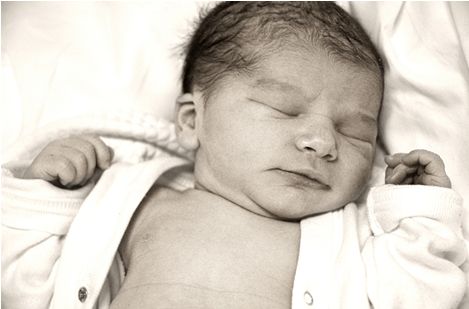Course of Basic Photography
Introduction

From its origins, in the mid XIX century, there has been serious discussions whether or not to consider Photography as an art or not. In the XX century, Photography began to earn a greater artistic value. Nowadays, the majority of critics consider this art as valid artistic expression.
However, this discussion has a great disadvantage; anyone can take a picture. Everyone, at least in some way, considers himself/herself a photographer. The massive access to Photography available today results in a great number of people not valuing or understanding how hard it is to take a picture; and not just a great picture, but an exceptional one.
Luckily, these past few years, important promoting for this art has resulted in a greater value. People are beginning to understand that Photography, as in any other form of Art, needs a study, lots of practice, discipline, and, above all, tons of creativity.
In other words, it is not enough to buy a camera and read the instructions manual or handbook. It is a good start, but to be able to get excellent pictures, we need to go further. We have to study, practice, and then practice some more.
What you need to achieve first (and probably the most important thing) is to learn about the equipment you will be working with. What am I talking about? Mainly, I'm referring to the camera and lenses we will be using. On the other hand, we will also need to know the available accessories to take pictures; such as a tripod, filters, flash, etc.
Thus, in this course, we will begin by explaining the different models of cameras and lenses available in the market today. We will see their advantages and disadvantages; how they function; important aspects as we are purchasing our equipment; and, of course, their different uses and applications.

